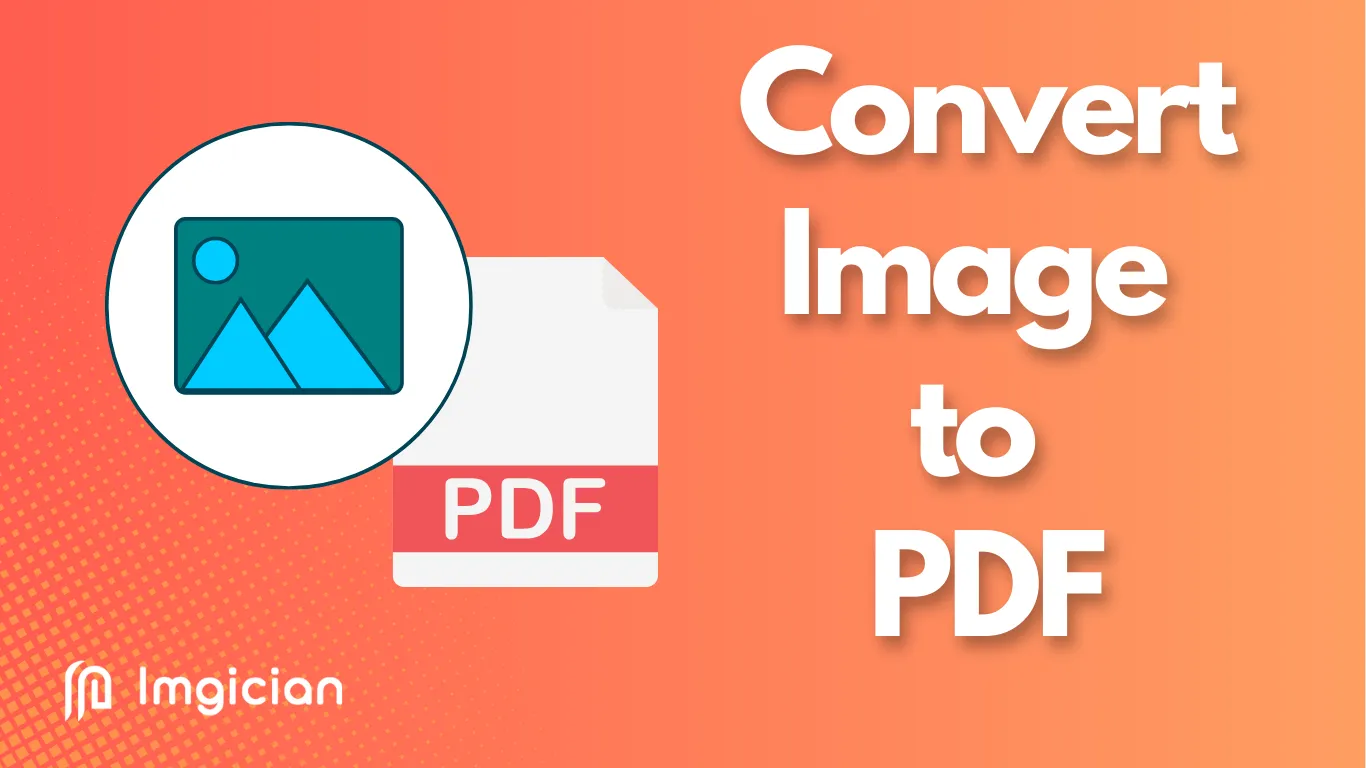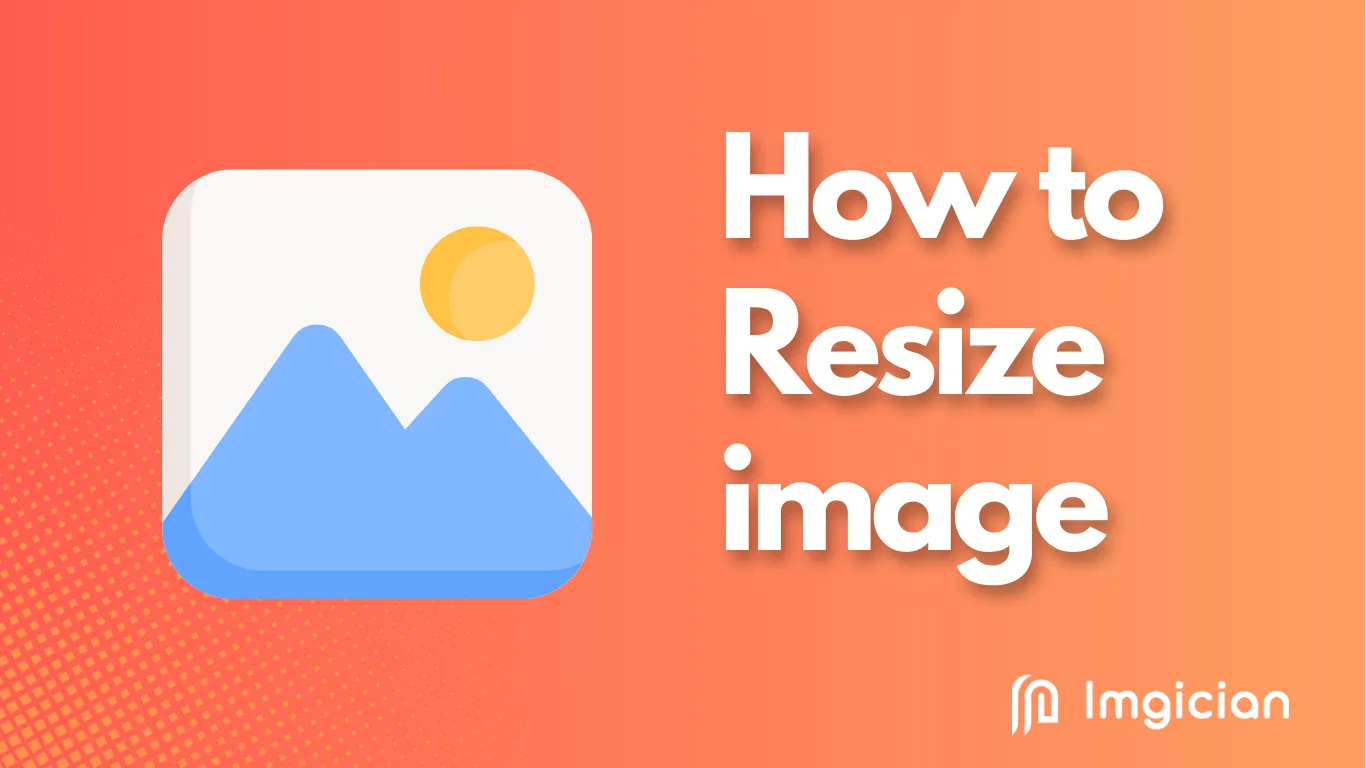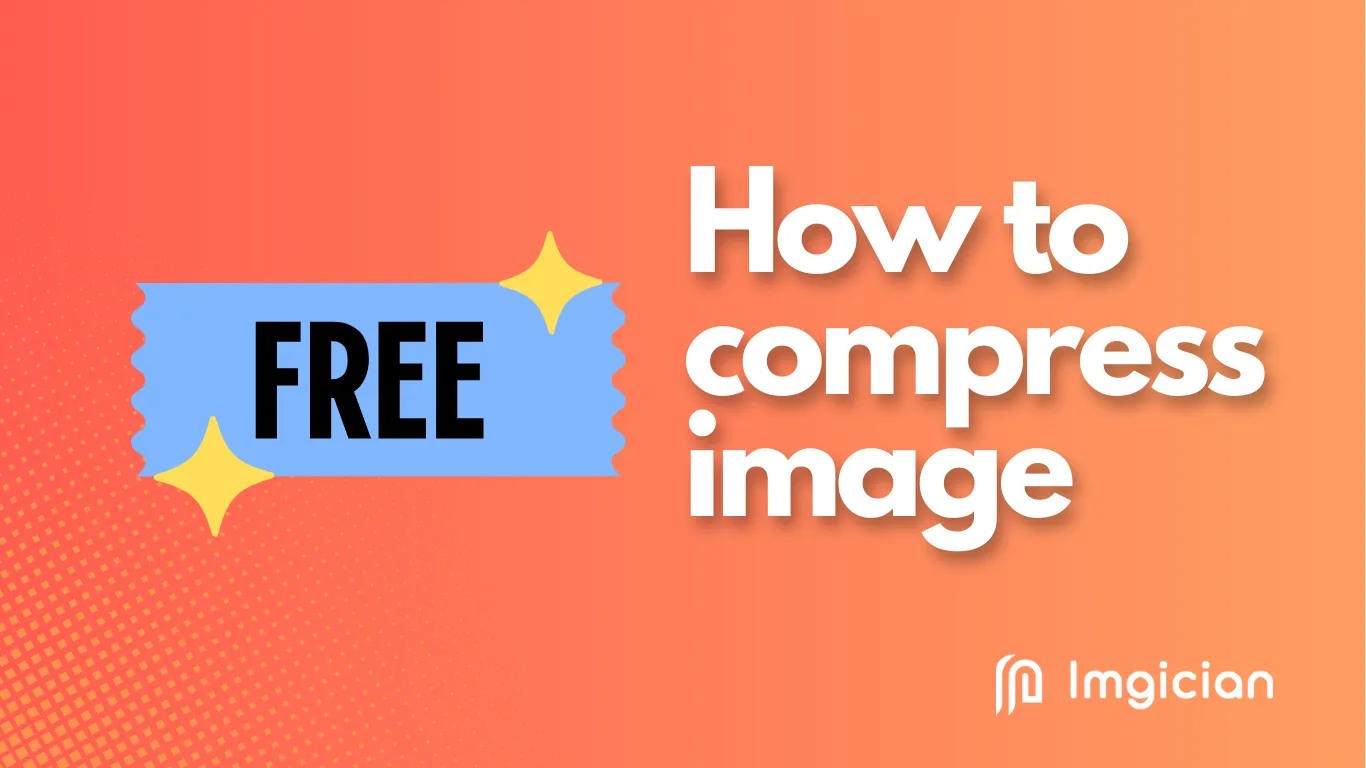Convert jpeg to webp
Convert JPEG to WEBP format is becoming an essential process for website owners, web developers, and digital marketers who want to optimize their websites for speed and performance. WEBP is a modern image format that provides superior compression, allowing you to maintain high-quality images while reducing file sizes. This not only improves page load times but also boosts your website’s SEO rankings. If you are looking to enhance your site’s user experience and performance, convert JPEG to WEBP is a smart choice.
The process to convert JPEG to WEBP is simple and can be done using various online tools and software. These tools are designed to handle the conversion efficiently while preserving image quality. Whether you’re a photographer looking to optimize your image library or a website owner seeking better site performance, converting JPEG to WEBP format is a task that can provide significant results. With fast processing speeds and minimal loss of quality, this conversion method helps create smaller files that load faster, which is crucial for retaining visitors and reducing bounce rates.
One of the main advantages of converting JPEG images to WEBP is its ability to compress images without significant loss of quality. While JPEG is a lossy format, WEBP offers both lossy and lossless compression options. Lossy compression can reduce the file size of JPEG images by up to 25-34% without sacrificing quality. On the other hand, lossless compression maintains the original quality of the image while reducing the file size even further. This flexibility makes WEBP a great option for various use cases, from photos to complex graphics.
Another key benefit of converting JPEG to WEBP is the format’s support for transparency. Unlike JPEG, which does not support transparent backgrounds, WEBP allows for transparent pixels, making it perfect for graphics like logos, icons, and overlays. By using WEBP for these types of images, you can reduce file size while maintaining the necessary transparency. This makes it a versatile format for all types of images, whether they are standard photographs or intricate designs.
Using WEBP format is also advantageous for mobile websites. With the rise of mobile browsing, it’s important to ensure that your website loads quickly on smartphones and tablets. Since mobile devices often have slower internet connections compared to desktops, reducing image file sizes is critical for faster loading times. WEBP images can significantly improve mobile website performance, resulting in a better user experience for visitors on all devices. Converting JPEG to WEBP can thus help reduce loading times and improve mobile responsiveness.
Converting JPEG to WEBP is also beneficial for SEO purposes. Google and other search engines consider page load speed as an important ranking factor. By reducing the size of your images and improving page speed, you can increase your chances of ranking higher in search results. In addition, faster websites are more likely to have lower bounce rates, as visitors are less likely to leave a site that loads quickly. Therefore, by converting your JPEG images to WEBP, you’re not just optimizing for performance, but also for better search engine visibility.
For website developers, the ability to easily convert JPEG to WEBP can help streamline the image optimization process. Many content management systems (CMS) and website builders now support the use of WEBP images, making it easy to integrate the format into your website’s design. There are various tools and plugins available that can automatically convert JPEG images to WEBP, saving you time and effort. These tools can also be set up to convert new images automatically, ensuring that your website is always optimized for performance.
If you are concerned about compatibility, it’s worth noting that most modern browsers support the WEBP format. Google Chrome, Mozilla Firefox, and Microsoft Edge all support WEBP images, ensuring that your website’s images will display correctly for the majority of users. However, some older browsers may not support WEBP, so it’s important to implement fallback solutions. Fortunately, many image optimization tools can create both WEBP and JPEG versions of the image, allowing you to serve the appropriate format based on the user’s browser.
When you convert JPEG to WEBP, you not only benefit from improved performance and SEO, but you also save storage space. Smaller image files take up less disk space on your server, which can be especially important for websites with large image libraries. Reducing the size of your image files can help optimize your website’s storage capacity, leading to better resource management and potential cost savings if you’re using paid hosting plans that are based on storage limits.
To get started with converting JPEG to WEBP, all you need is the right tool or software. There are plenty of online converters that allow you to quickly upload your JPEG images and convert them into WEBP format. These tools typically offer simple drag-and-drop functionality, so even those without technical experience can easily optimize their images. For those who require batch conversions, several advanced tools allow you to process multiple images at once, saving valuable time.
In conclusion, converting JPEG to WEBP is an effective way to optimize your website’s images for better performance, faster load times, and improved SEO rankings. Whether you’re a website owner, developer, or digital marketer, this conversion method is a valuable technique for modernizing your image strategy. By reducing file sizes without sacrificing quality, improving mobile performance, and supporting transparency, WEBP offers significant advantages over traditional image formats like JPEG. Start converting your JPEG images to WEBP today and enjoy a faster, more efficient website experience.





